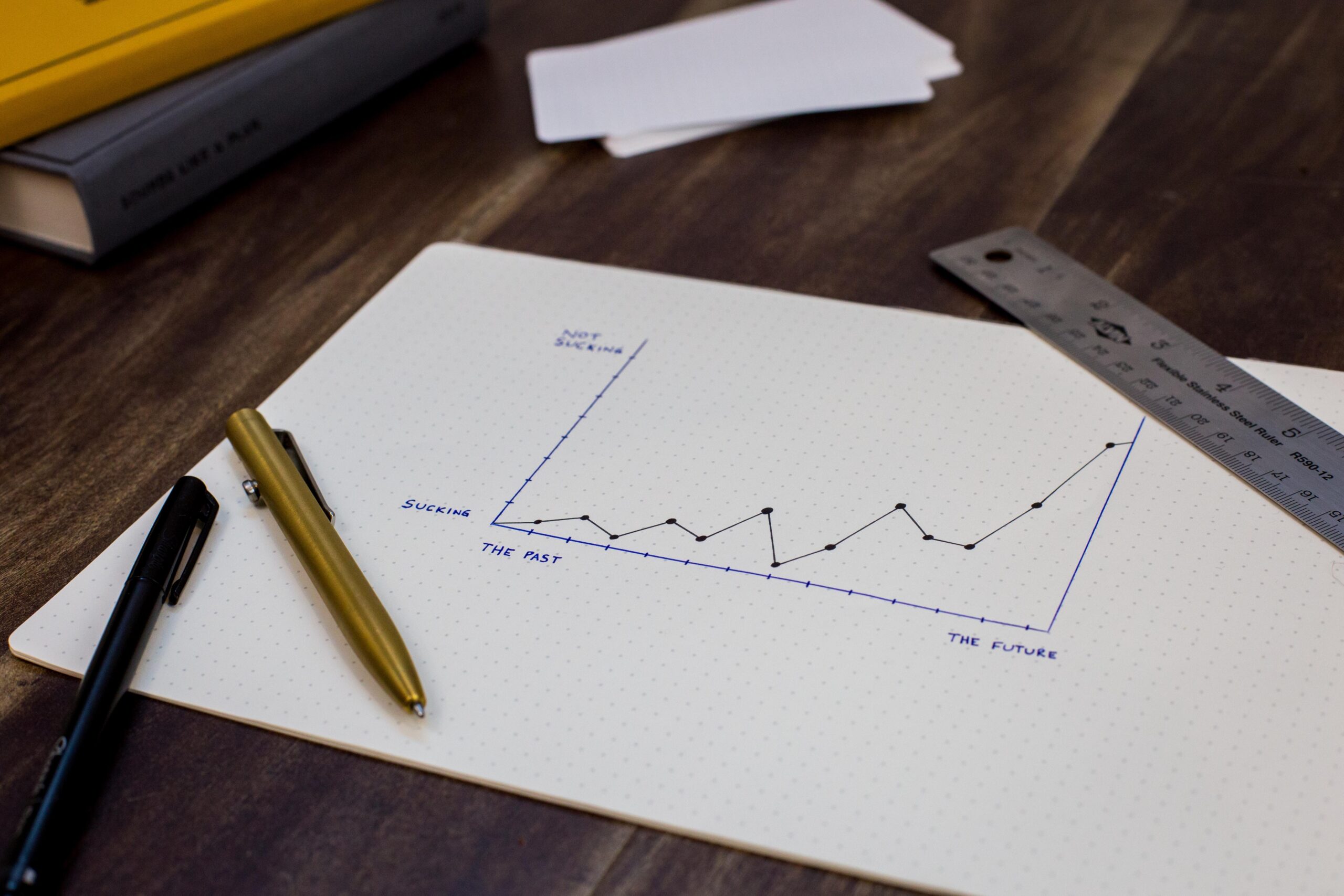Digital signage has come a long way from being simple billboards. With the integration of Artificial Intelligence (AI) and the Internet of Things (IoT), these screens are evolving into intelligent, responsive tools.
Today, they not only deliver content but also interact with the environment and the people around them, creating personalised and dynamic experiences.
Let’s go through this blog to explore how AI and IoT are shaping the future of digital signage.
Why AI And IoT In Digital Signage?
In today’s world, where personalised experiences are in high demand, AI and IoT are essential in meeting these needs. By combining AI’s data analysis and decision-making with IoT’s real-time connectivity, digital signage has evolved into an interactive tool that responds to its audience and surroundings.
Instead of static ads, it delivers timely, relevant content, enhancing user experience and offering valuable insights for businesses to optimise their marketing strategies. Digital signage providers are using these technologies to drive engagement and efficiency.
The Basics: What’s New?
With AI and IoT, digital signage has moved far beyond simple image or video display. Here’s a closer look at how these technologies are revolutionising digital signage:
1. AI-Powered Adaptability
AI enables digital signs to ‘think’ for themselves. They are capable of:
- Analysing audience demographics: AI looks at who is nearby—whether that’s a group of teenagers or office workers—and adjusts the content accordingly.
- Reacting to environmental changes: Weather, time of day, and even nearby events are considered by AI, allowing the content to shift to suit what’s happening around it.
The result is that digital signage becomes smarter and more adaptable, always serving the most relevant content.
2. IoT-Driven Connectivity
IoT enables digital signage systems to connect with other devices and sensors, making them more interactive and responsive. Here’s how it works:
- Real-time data: IoT allows digital signs to pull in live information such as traffic data, weather updates, and event schedules. This means content updates instantly, without any manual input.
- Interaction with other systems: Screens can sync with other devices like stock monitors, environmental sensors, or cloud platforms to provide seamless updates.
Together, AI and IoT turn digital signage into a smart, connected ecosystem.
How Are AI And IoT Boosting Engagement And Efficiency In Digital Signage?
Personalised Customer Experiences
AI and IoT enable highly personalised content:
- Tailored messaging: Digital signs change ads based on who’s nearby or current conditions, e.g., sunscreen offers on sunny days.
- Data-driven personalisation: Sensors collect data to adjust content, like greeting shoppers by name or showcasing weather-specific products.
Personalisation boosts engagement and makes content more relevant.
Real-Time Content Adjustment
AI and IoT enable dynamic content updates:
- Crowd size: Content shifts for large groups, such as displaying safety messages or promotions.
- Environmental changes: IoT tracks conditions like weather or traffic, triggering updates like local travel alerts.
This adaptability helps businesses stay relevant and responsive.
Intelligent Display Management
AI and IoT streamline digital signage management:
- Remote management: Cloud-based dashboards control multiple screens and update content remotely.
- AI-driven fault detection: AI flags issues or suggests updates, reducing manual oversight.
- Efficiency optimisation: IoT reduces maintenance and energy costs.
AI and IoT make managing large networks more cost-effective and efficient for digital signage providers.
Enhanced Interaction and Engagement
AI and IoT enable interactive signage:
- Chatbots and virtual assistants: Users can ask questions or find tailored offers.
- Touchless tech: Gesture and voice controls allow safer, hygienic interactions.
Interactive elements boost engagement and accessibility.
Smart Environments Enabled by IoT
IoT connects digital signage to broader ecosystems:
- Airports: Flight boards auto-update with live data.
- Retail: Stock sensors trigger alerts for products needing attention.
- Public transport: IoT boards offer up-to-date service info.
These integrations make signage more relevant and timely.
Security and Privacy Concerns
With increased data flow, providers focus on security:
- Cybersecurity measures: Protect consumer data and system integrity.
- Regular updates: Ensure compliance with data protection laws.
Security is vital in this connected signage era.
Employee Training and Transition
Staff training is crucial for adapting to advanced systems:
- Mastering new tech: Ongoing support helps staff navigate AI and IoT systems.
- Mindset shift: A focus on strategic thinking, blending creativity and data analysis.
This transition maximises digital signage potential.
Industry Examples
Businesses are already benefitting from AI and IoT:
- Retail: Foot traffic analysis changes window displays automatically.
- Hospitality: AI-powered screens offer personalised greetings and menus.
- Public transport: IoT boards keep passengers informed of service changes.
These examples show how digital signage enhances customer experiences and operational efficiency for digital signage providers.
What’s Next? Future Trends
Looking ahead, the possibilities for AI and IoT in digital signage are vast. Here are some emerging trends:
- Predictive content: Soon, digital signs may anticipate what people want before they even ask, creating a more seamless and intuitive experience.
- Sustainability: New technologies like LED and solar-powered screens will reduce energy consumption, making digital signage more eco-friendly.
- Hyperconnectivity: Expect digital screens, mobile phones, and public sensors to work together, creating truly connected environments.
Final Thoughts
AI and IoT have revolutionised digital signage, transforming it from a simple display into an intelligent, responsive system that benefits both businesses and consumers. By providing real-time, personalised content and seamlessly integrating with other devices, digital signage is becoming an essential tool in many industries.
The future looks bright, with even more exciting developments on the horizon.




